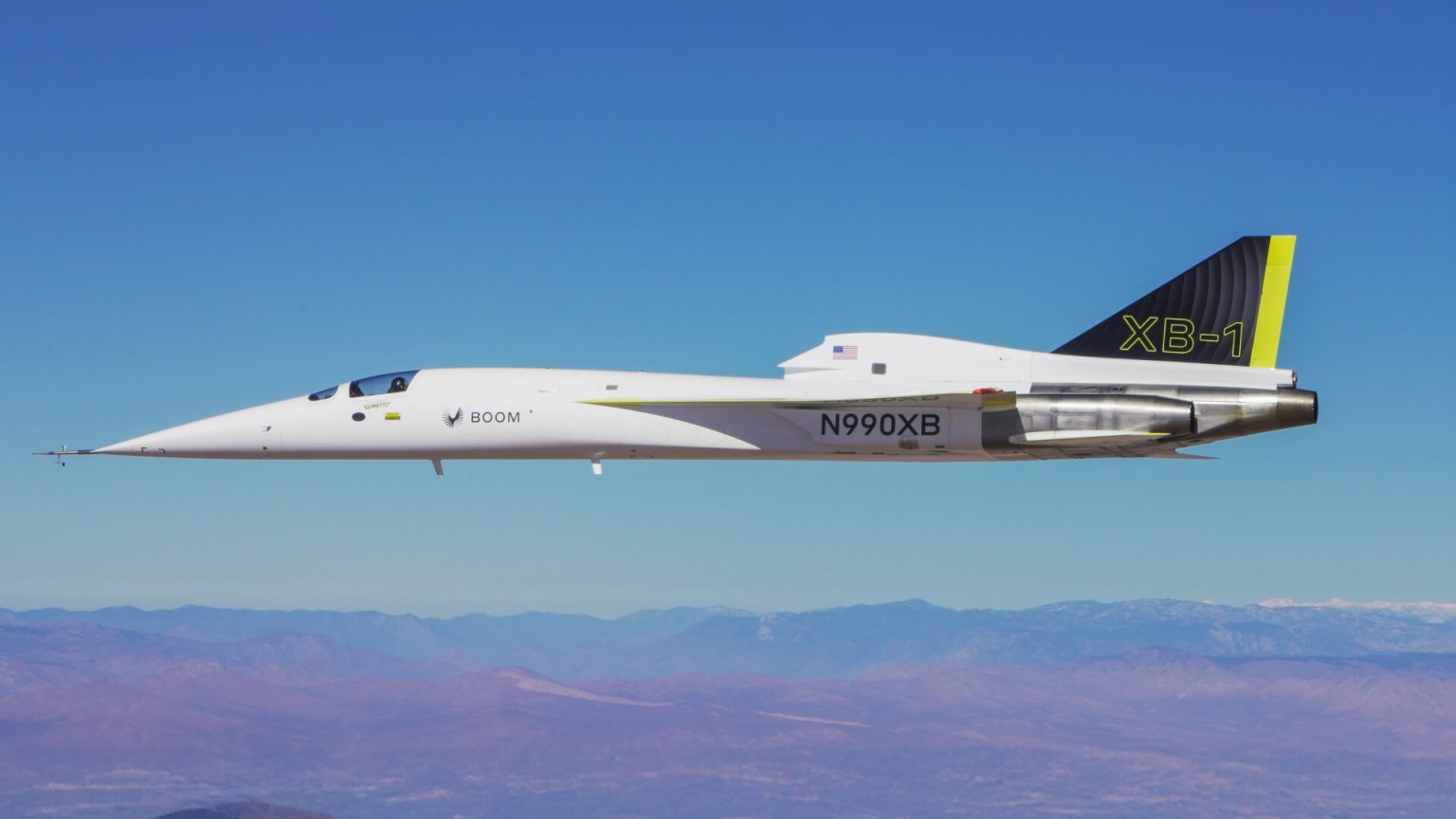Boom’s Supersonic Plan Offers a New Access to High-Speed Travel
Chinese company Boom has announced a significant leap forward in supersonic aviation with the release of the XB-1 jet, which has completed its 13th and final test flight and is set to_callback further developments. The XB-1 is the “Son of Concorde” and marks a major step toward the development of a new supersonic aircraft capable of traversing farther distances without the entanglement of prolonged sonic booms. This success has set the stage for the construction of a super-fast supersonic plane known as Overture, which promises even greater range and efficiency.
The company’s goal to deliver a supersonic jet is backed by theShifts its bold vision, which aims to make supersonic travel accessible, beneficial, and environmentally friendly. By taking Measure boomless Cruise, Boom plans to revolutionize the current carriers by enabling faster flights without the loud noise associated with supersonic movement. This new service will free passengers from the discomfort and inconvenience of taking the body of sound.
Boom’s recent success with its XB-1 jet is a verification that supersonic aviation is not only technically sound but also morally redeemable. The plane has delivered three supersonic test flights without any noise, earning praise from connoisseurs of supersonic travel. This achievement has significantly boosted Boom’s reputation and confidence within the industry.
The XB-1’s successful performance has solidified Boom’s role as a leading player in supersonic aviation. With Overture on the horizon, Boom expects the company to implement critical innovations to ensure its feasibility. The Overture aircraft will be capable of traveling at up to Mach 1.3 over land without leaving the sound-free zone typically associated with supersonic speeds. Meanwhile, in water, it will reach up to Mach 1.7, making it more efficient than any modern jet for long distances.
Concorde, the jet-likeuisse aircraft that crash-released with the bringing of 9/11, was abandoned two decades ago due to its inherent flaws and the inability to handle the life-or-death risks associated with supersonic speeds. These failures made the imposing aircraft a highly scrutinized and impractical choice for large-scale commercial travel. The failure of the Concorde also underscored the challenges of maintaining the physical integrity and performance of supersonic planes’, making them unsuitable for many practical purposes.
Boom’s journey towards supersonic innovation is not merely a technological curiosity but a response to the limitations of con酿酒 of supersonic flights. By avoiding the sound and noise of supersonic travel, Boom’s XB-1 jet has set a new standard for supersonic performance. As the legacy of the Concorde looms over the skies, Boom is proving that inspire new possibilities, reframing the possibilities of air travel.
In conclusion, the announcement of the XB-1 jet and the unfolding of boomless cruise marks a bold moment in supersonic aviation. It not only promises to bring supersonic speed to passengers but also questions the very idea behind the “sonic boom.” As Boom continues to innovate, this ambitious project will undoubtedly leave a lasting and lasting impact on the future of air travel.


